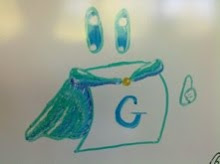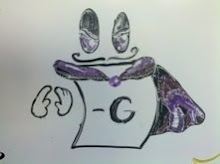Last week I came down with an unexpected case of Lack-of-Wireless-Internet-Access while at the Supercomputing 2012 conference. Unfortunately, I think this is more a case of my own machine having trouble than lack of access provided at the conference. The result (as far as you care) is that there is no post for last week.
This week is American Thanksgiving, so I will probably not have something for you on Thursday.
Posts resume next week for the last two weeks of the semester. :)
Jokes from the Audience
5 days ago



